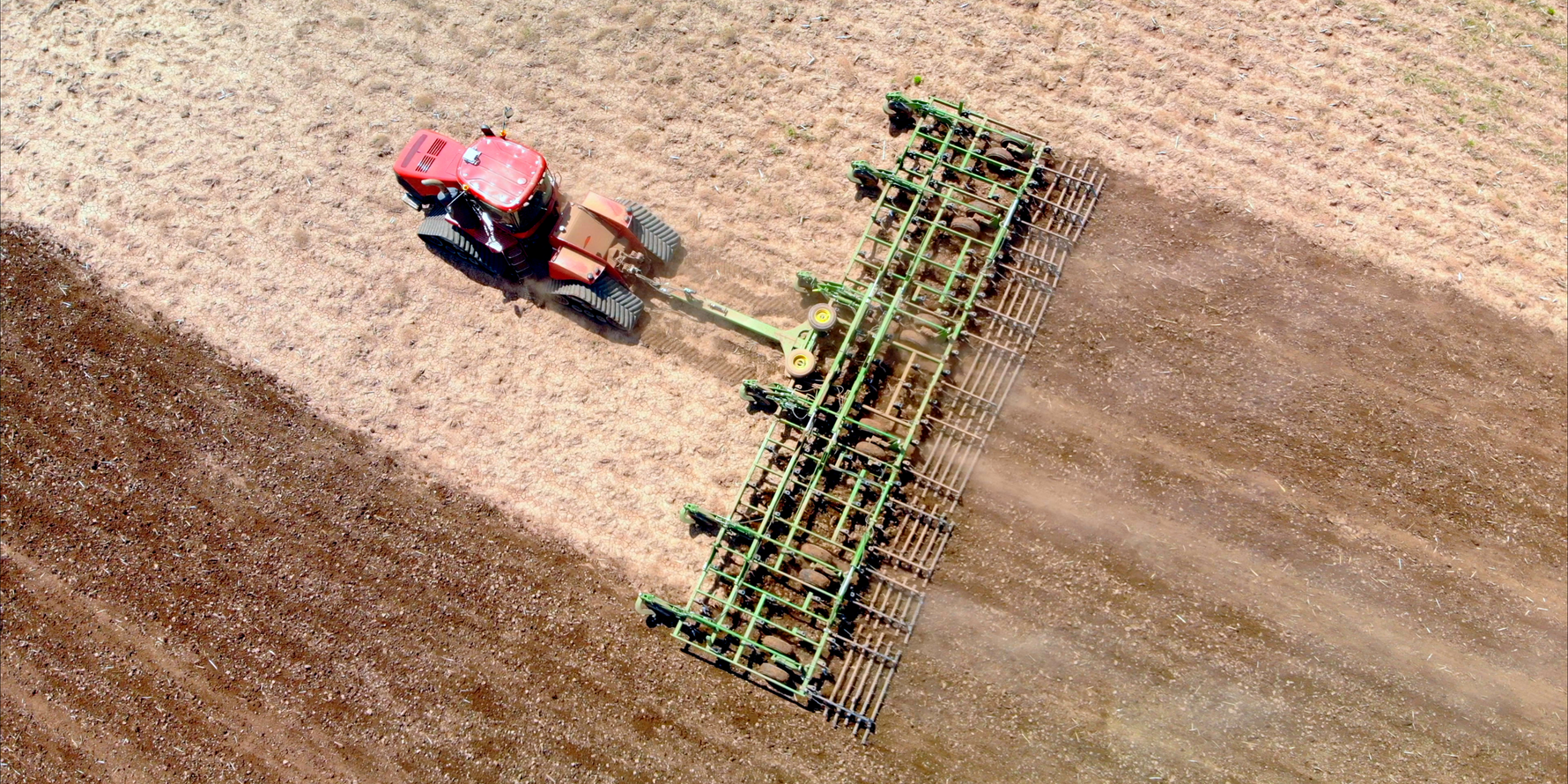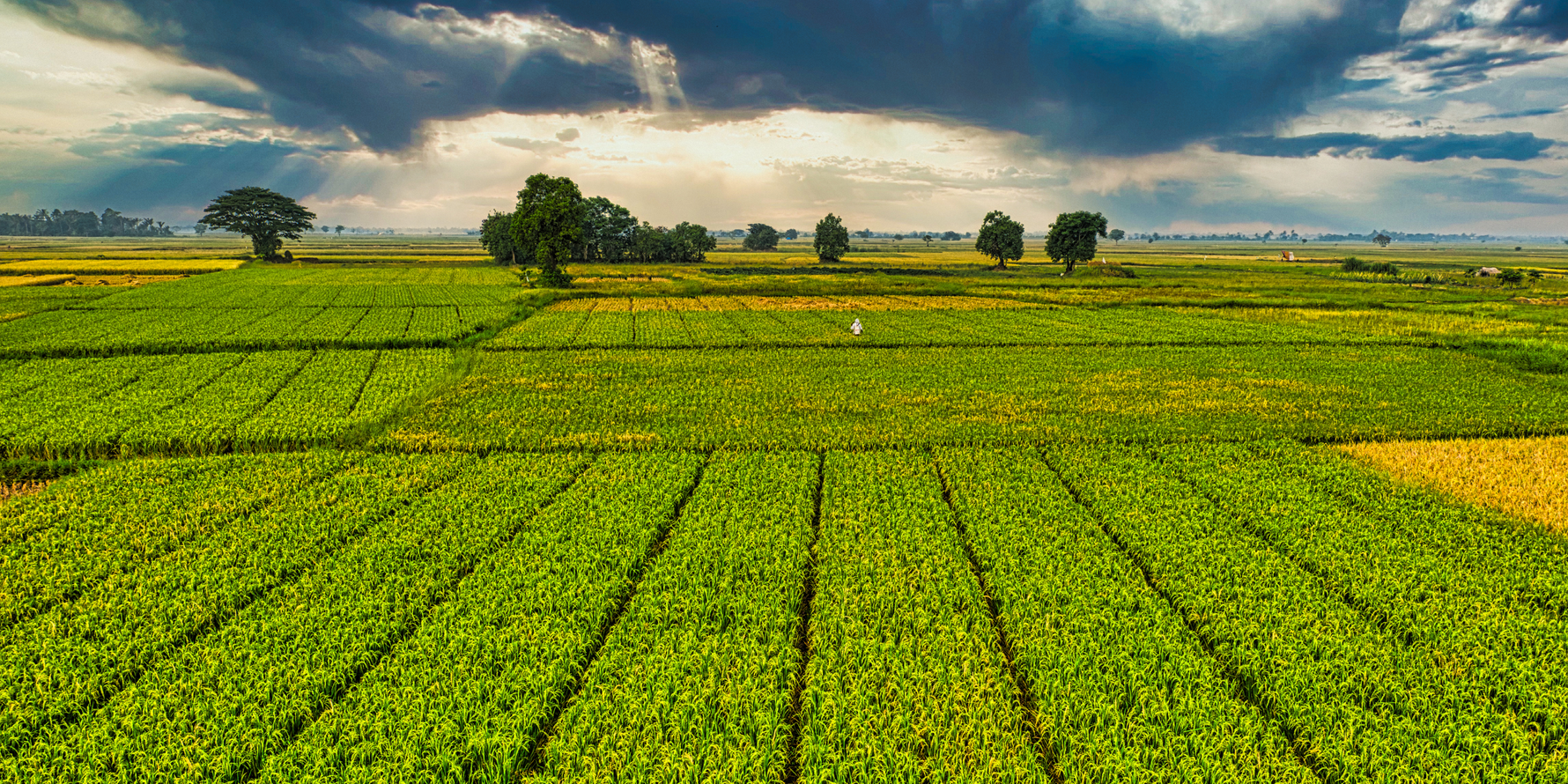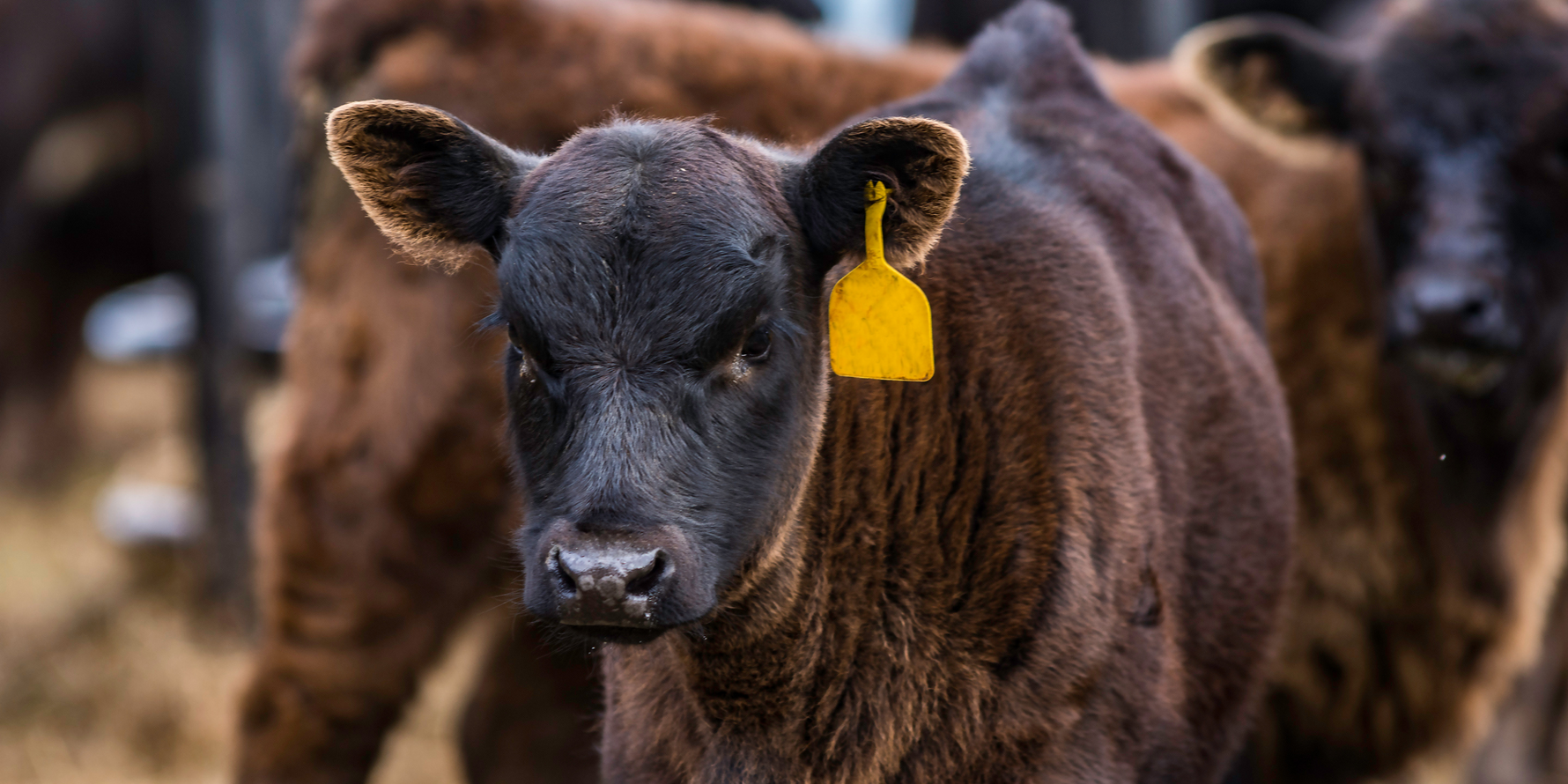Barn Owl Blog

Barn Owl Blog
Vertical Farming: Cultivating the Future of Urban Agriculture

Barn Owl Blog
Agroforestry: The Synergy of Trees and Crops for Resilient Farming

Barn Owl Blog
A Comprehensive Guide to Tillage Techniques in Modern Agriculture

Barn Owl Blog
Cultivating Success: The Power of Crop Rotation in Sustainable Agriculture

Barn Owl Blog
Holistic Management: A Comprehensive Approach to Sustainable Agriculture

Barn Owl Blog
Comprehensive Guide to Spring Planting Techniques: From Traditional to Modern Practices

Barn Owl Blog
Early Spring Planting Techniques: Kickstart Your Garden for a Bountiful Season

Barn Owl Blog
Spring Planting Season: Embracing Diverse Methods for a Bountiful Harvest

Barn Owl Blog
Electronic Microchipping for Calf Identification: A Modern Approach to Herd Management

Barn Owl Blog
Tattooing Calves for Identification: A Permanent Solution for Herd Management

Barn Owl Blog
Neck Collars and Anklets for Calf Identification: Practical Solutions for Herd Management

Barn Owl Blog
Ear Notching for Calf Identification: A Practical Guide

Barn Owl Blog
The Legal Landscape of Livestock Branding Across America

Barn Owl Blog
How to Choose and Register a Livestock Brand: A Step-by-Step Guide

Barn Owl Blog
Hot Iron vs. Freeze Branding: Choosing the Right Method for Calf Identification

Barn Owl Blog
Ear Tagging for Calves: A Guide to Visual and Electronic Identification

Barn Owl Blog
Choosing the Right Identification Method for Calves: Key Considerations for Ranchers

Barn Owl Blog
The Importance of Branding and Tagging Calves: Ensuring Livestock Identification and Security

Barn Owl Blog
The Value of a Calf: How Barn Owl Cameras Support Ranchers During Calving Season

Barn Owl Blog
Barn Owl Cameras: A Vital Tool in Predator Detection for Livestock Protection